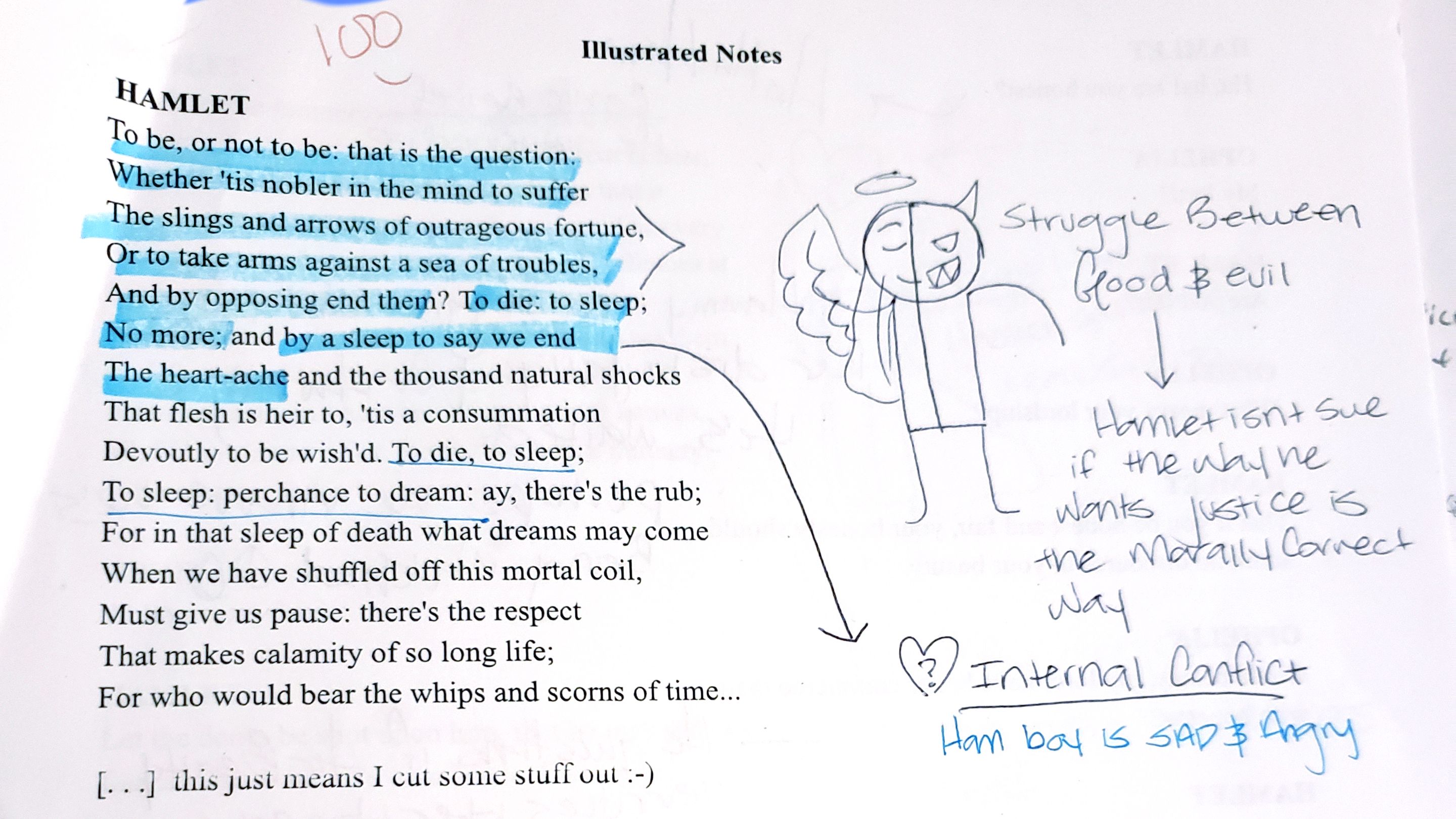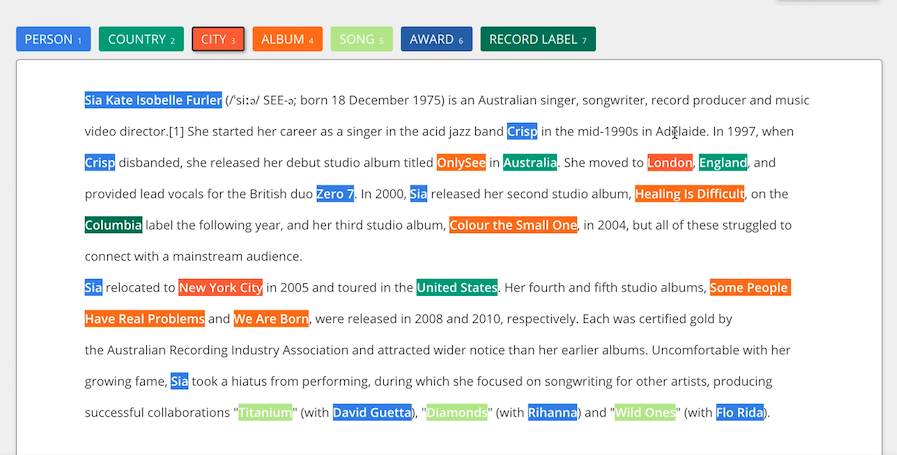Natural language text dialogue is one of the main challenges in the semantic understanding of network big data, known as the jewel in the crown of artificial intelligence, and text data annotation is the most basic and important link in this series of work. So, what is text annotation? What are the labeling methods? Let’s introduce it below.

What are text annotations?
Text annotation is a supervised learning problem, mainly used in natural language processing. Text labeling is the process of feature-marking text, labeling it with specific semantics, composition, context, purpose, emotion, and other original data labels. Through labeled training data, we can teach machines how to recognize hidden texts. Containing intentions or emotions, so that machines can understand language more humanely.
Therefore, we must complete high-quality text data comprehensively and accurately to ensure that the machine can accurately recognize human intentions. If the text is not processed properly, the machine will not be able to understand the content we marked.
The method of text annotation:
1. Sequence labeling: Sequence labeling covers a very wide range, including word segmentation, entities, keywords, prosody, and intent understanding. It is the most basic task of natural language processing tasks.
2. Relational labeling: An important task of labeling the syntactic and semantic relationships of complex sentences is the formal labeling of complex sentence automatic analysis. Relation annotations include: pointing relationship, modification relationship, parallel corpus, etc.
3. Attribute annotation: label the attributes of things, attribute annotation includes: text category, news, entertainment, etc.;
4. Category labeling: label the categories of articles, such as chapter-level reading comprehension, etc.
Application type of text annotation:
1. Semantic recognition
Semantic recognition is to use the platform to mark the text, the same content, different segmentation, different order, the meaning of expression will be completely different, so if you want the computer to clearly recognize, the first step is to tell the computer, in each In a sentence, which words are a phrase, this is the process of word segmentation, and Chinese has a very strong ambiguity, so accurate word segmentation is very complicated and challenging.
2. Emotion recognition
Emotion recognition originally refers to the automatic identification of an individual’s emotional state by AI by obtaining individual physiological or non-physiological signals, which is an important part of emotional computing. The content of emotion recognition research includes facial expression, voice, behavior, heart rate and text, etc., and the user’s emotional state can be judged through the above content.
3. Entity recognition
An information extraction technique. Obtain entity data such as person names and place names from text data.
4. Data cleaning

Data cleaning refers to the last procedure for discovering and correcting identifiable errors in data files, including checking data consistency, dealing with invalid and missing values, etc. Data cleaning after input is generally done by a computer.

 Afrikaans
Afrikaans Albanian
Albanian Amharic
Amharic Arabic
Arabic Armenian
Armenian Azerbaijani
Azerbaijani Basque
Basque Belarusian
Belarusian Bengali
Bengali Bosnian
Bosnian Bulgarian
Bulgarian Catalan
Catalan Cebuano
Cebuano Chichewa
Chichewa Chinese (Simplified)
Chinese (Simplified) Chinese (Traditional)
Chinese (Traditional) Corsican
Corsican Croatian
Croatian Czech
Czech Danish
Danish Dutch
Dutch English
English Esperanto
Esperanto Estonian
Estonian Filipino
Filipino Finnish
Finnish French
French Frisian
Frisian Galician
Galician Georgian
Georgian German
German Greek
Greek Gujarati
Gujarati Haitian Creole
Haitian Creole Hausa
Hausa Hawaiian
Hawaiian Hebrew
Hebrew Hindi
Hindi Hmong
Hmong Hungarian
Hungarian Icelandic
Icelandic Igbo
Igbo Indonesian
Indonesian Irish
Irish Italian
Italian Japanese
Japanese Javanese
Javanese Kannada
Kannada Kazakh
Kazakh Khmer
Khmer Korean
Korean Kurdish (Kurmanji)
Kurdish (Kurmanji) Kyrgyz
Kyrgyz Lao
Lao Latin
Latin Latvian
Latvian Lithuanian
Lithuanian Luxembourgish
Luxembourgish Macedonian
Macedonian Malagasy
Malagasy Malay
Malay Malayalam
Malayalam Maltese
Maltese Maori
Maori Marathi
Marathi Mongolian
Mongolian Myanmar (Burmese)
Myanmar (Burmese) Nepali
Nepali Norwegian
Norwegian Pashto
Pashto Persian
Persian Portuguese
Portuguese Punjabi
Punjabi Romanian
Romanian Russian
Russian Polish
Polish Samoan
Samoan Scottish Gaelic
Scottish Gaelic Serbian
Serbian Sesotho
Sesotho Shona
Shona Sindhi
Sindhi Sinhala
Sinhala Slovak
Slovak Slovenian
Slovenian Somali
Somali Spanish
Spanish Sundanese
Sundanese Swahili
Swahili Swedish
Swedish Tamil
Tamil Tajik
Tajik Telugu
Telugu Turkish
Turkish Ukrainian
Ukrainian Urdu
Urdu Uzbek
Uzbek Thai
Thai Vietnamese
Vietnamese Welsh
Welsh Xhosa
Xhosa Yiddish
Yiddish Yoruba
Yoruba Zulu
Zulu